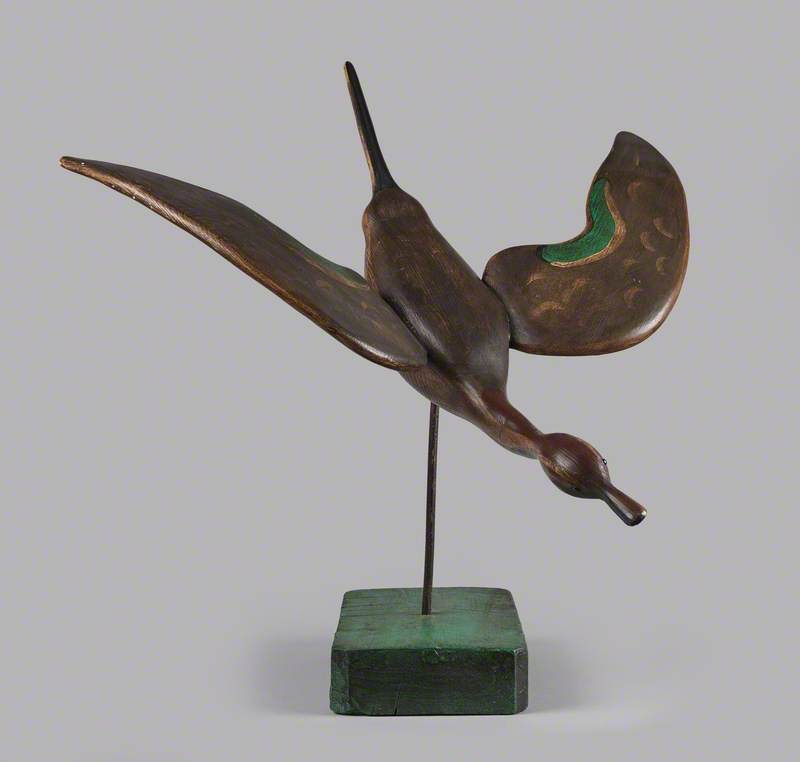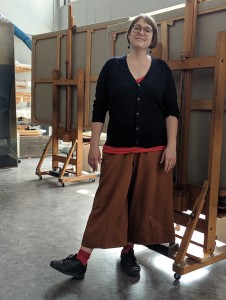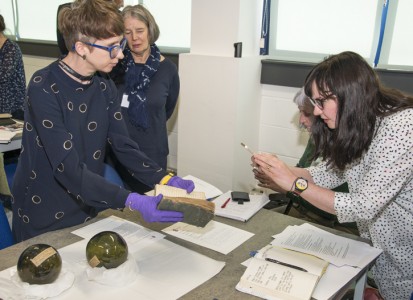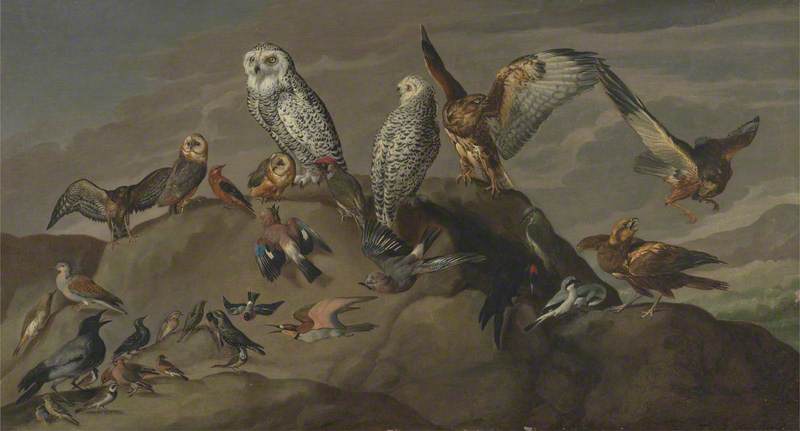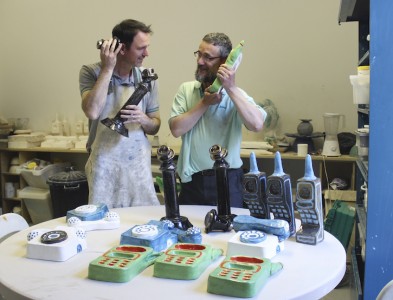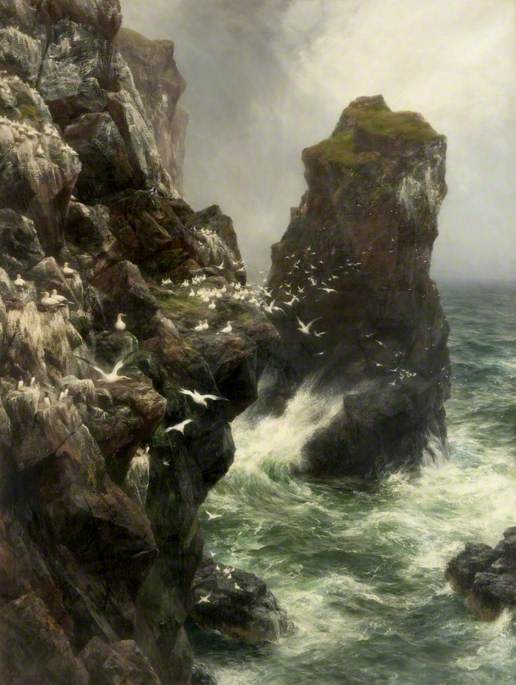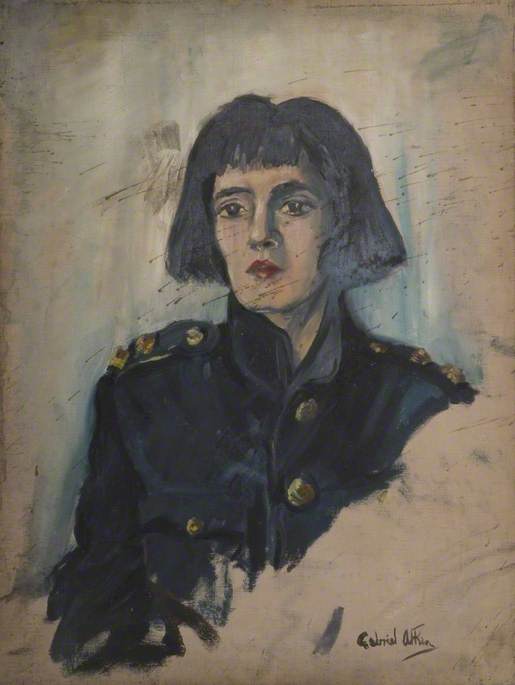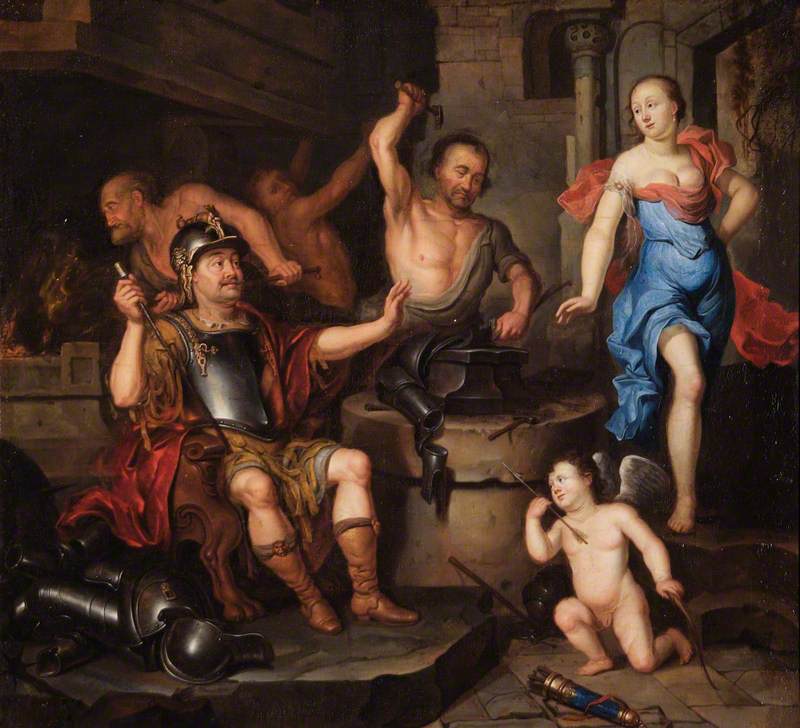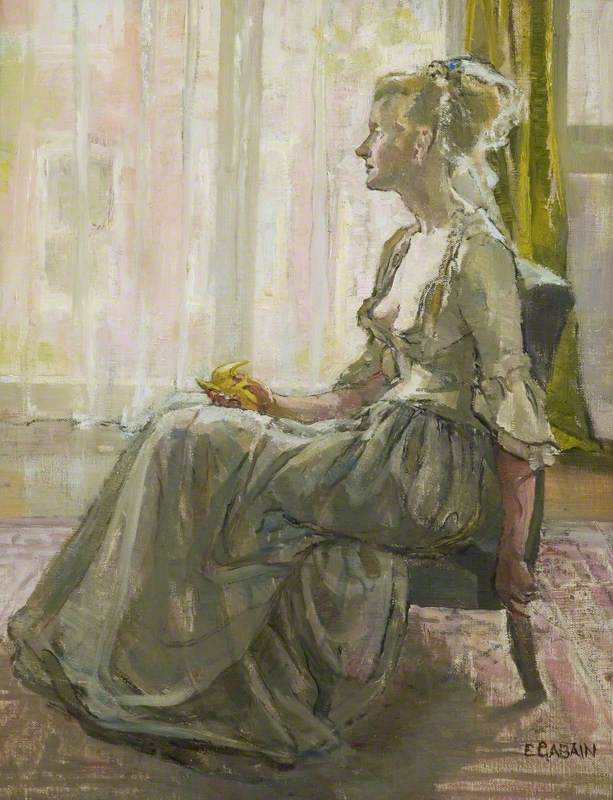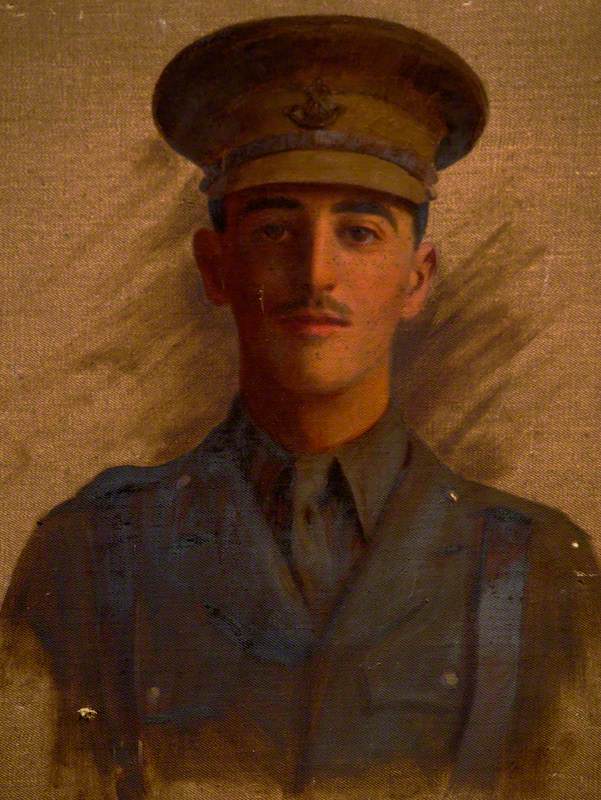Experts in conservation and restoration, the Fine Art Restoration Company have been applying their skilled practice across painting, sculpture, furniture and street art for over 30 years, becoming one of the UK's leading restoration organisations. They recently took on the wonderful responsibility of restoring a Guy Taplin piece.
Art UK caught up with the team to find out more about the restoration process and what it really takes to care for a Taplin piece.
Famously producing a diverse collection of wild birds and waterfowl, Guy Taplin (b.1939) salvages driftwood from local tidal estuaries to sculpt his unique aviary. Whilst many 'Taplinesque' birds have gone on to inspire commercial designs, the original sculptures have a great appeal at auction and continue to rise in value and popularity.
When Taplin first debuted his sculptures in the 1970s, they sold for just £15. Today they regularly sell for between £3,000 and £30,000. In 2013, a collection of 61 sculptures by Taplin went on sale for over £500,000 collectively. As you may imagine, this immense sum has encouraged many owners to treat their prized bird with museum levels of care.
At Fine Art Restoration Company, our conservators often find themselves with a studio full of Taplin curlews and egrets – typically damaged by accident due to their sensitive and slender appendages. Often, these have fallen from a height or become disturbed during transit through mishandling and improper packaging.
The Guy Taplin swan before restoration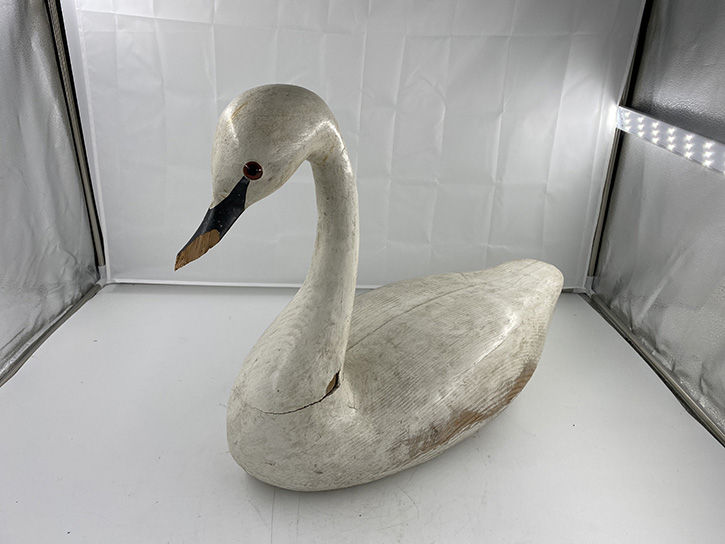
Earlier this year we were contacted by a distressed owner of a beautiful Taplin swan. Through an unfortunate situation, the beak had been chewed and demolished by a very naughty puppy. This was not the first time our conservators have restored damage following a canine disaster: our team had previously restored a lifesize papier-mâché tiger who had lost a nose to the same fate.
First contact with a restoration company is often a time of anxiety for our clients, as a highly valuable or sentimentally important item has been put in a perilous situation. When a call comes in, we alleviate these fears by talking through the conservation methods available and the achievable outcomes. Our conservators will take a look at photographs of the damage and offer an initial cost estimate. To make things even easier, our nationwide art handlers will arrive to collect the damaged artwork, bringing it directly to the expert hands of our team in Carlisle or London.
Guy Taplin restoration is usually considered as ceramic conservation, due to the layers of materials involved in the process. Whilst the inner layers are wood, there is a thin layer of gesso, similar to what you might expect in historic religious sculptures. This often has a painted surface, as was certainly the case with the swan, who had a glossy white body and matt black beak.
The Guy Taplin swan before restoration
Following an initial assessment by our conservator, it was agreed that we would take a number of steps to restore the object.
The first step was to conduct a surface clean. This removes any build-up of dirt and contaminants. Surface cleaning is important as the dirt may not always be visible to the naked eye, but would get in the way of any adhering of broken features and retouching of lost pigment later on in the process.
The Guy Taplin swan before restoration
Then, an examination of the salvaged wooden parts established if any fragments were missing. Our conservator will always ensure as much of the original sculpture is used as possible. We recommend that, following a breakage, all broken parts are collected, no matter how small. These will be placed back together, sometimes under a microscope if the pieces are tiny.
Next, our conservators recreated the exact shape based on their knowledge of the artist and historic photographs of the work. This is done with minimal intervention, meaning that no new pieces are created if there is a chance of saving the original. There were cracks along the body of the swan, requiring the recreation of lost gesso for consolidation – lessening the chance of any further flaking and deterioration.
The Guy Taplin swan before restoration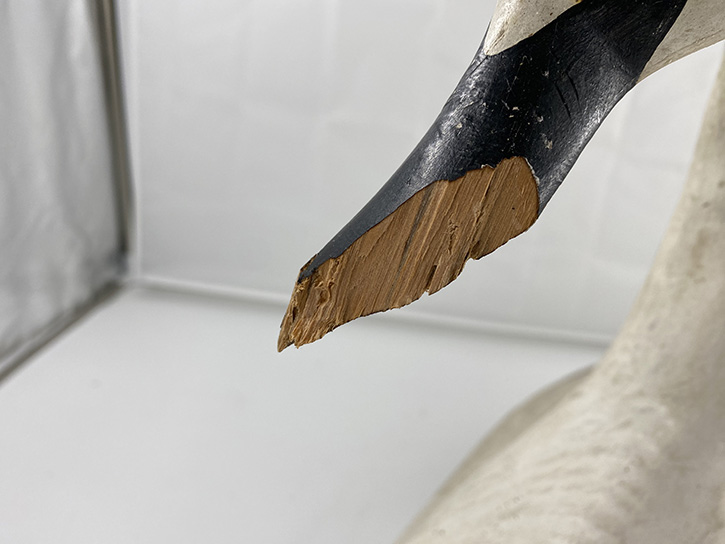
The beak was then carefully restored back into its original place. This is completed using conservation-appropriate solutions, as to ensure the inner structure will not be negatively affected by any acids or chemicals in the future.
Re-touching of missing paint fragments is completed with sympathetic amounts of pigment, carefully colour-matched to provide as seamless a result as possible. Only tiny amounts are used in this process, so as not to over-restore the area and maintain artistic integrity. The main body of the swan had become severely abraded in places and discoloured over time. This was sensitively cleaned and the original paintwork was revived.
The Guy Taplin swan after restoration
Following restoration, the sculpture had another gentle surface clean to remove any dust before it is wrapped for return by our art handlers.
The Guy Taplin swan after restoration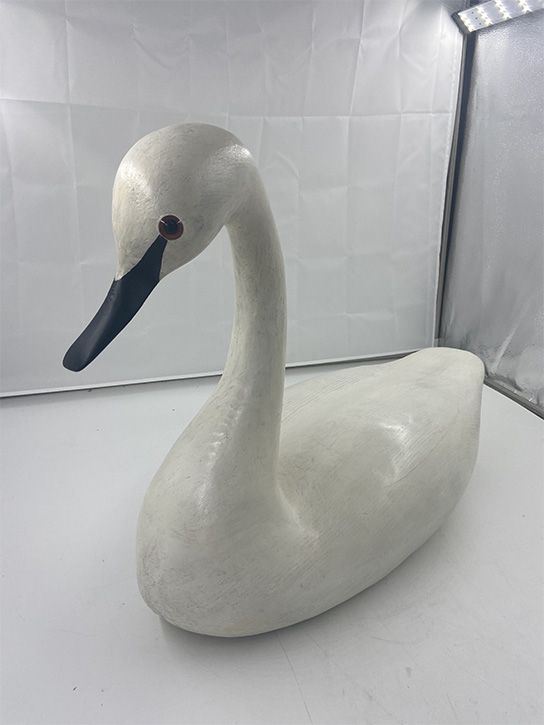
Overall, the restoration process is completed over several days – if not weeks – to allow time for drying and recreation of missing parts. In some cases, new materials and solutions are sourced to ensure the repair is as safe as possible for ongoing preservation.
For more information about the Fine Art Restoration Company, visit our website at fineart-restoration.co.uk
Fine Art Restoration Company
